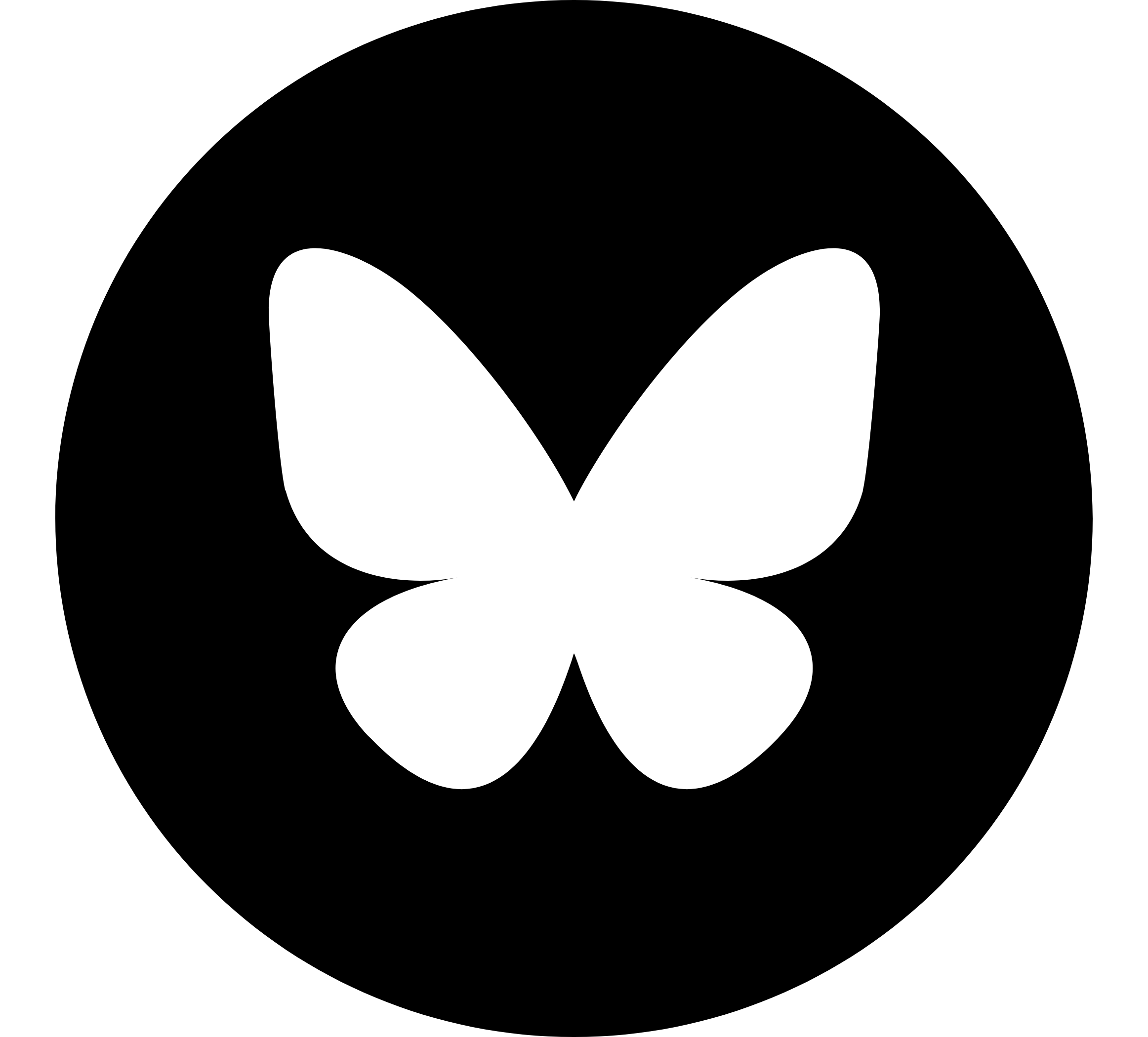Ramani Huria Trains Secondary School Students During STEM Boot Camp
Posted by Innocent Maholi • Jan. 26, 2017

Over the first week of January 2017, a group of 60 secondary school students gathered at Marian University College, Bagamoyo for a ground-breaking training session - the Science Technology Engineering and Mathematics (STEM) Youth Boot Camp organised by Projekt Inspire in collaboration with the Ramani Huria team. These students, hailing from different regions of Tanzania (Dar es Salaam, Moshi, Arusha, Mbeya, to name a few), were there to be introduced to GIS and web mapping.
STEM Youth Boot Camps are a Projekt Inspire initiative. This initiative helps to improve the quality of secondary education by integrating classroom lessons into the development of interactive projects. By introducing such interactive projects at all levels of secondary school, students are able to apply the theories that they learn in practical, real world situations. Against this backdrop, the students are often “inspired” to pursue STEM related careers.
The objectives of the Bagamoyo Boot Camp were:
- To introduce secondary school students to field and laboratory scientific research methods in the WASH field;
- To carry out comparative analysis of water treatment and filtration systems readily available in the market; and
- To use Geographical Information Systems (GIS) to create and simulate a water quality map for 14 water wells and water taps in the Bagamoyo urban area.
On January 2nd, the students arrived in Bagamoyo from COSTECH, Dar es Salaam. Among the students, a group of 12 were selected to be introduced to GIS and web mapping as well as to learn about quadcopter and other drone technology. This was a prime opportunity for the students to discover the basics of drones and their usefulness in mapping with OpenStreetMap, a collaborative web mapping tool.
Tuesday January 3rd saw the engineering students introduced to GIS and web mapping through in-class sessions. The Ramani Huria team lectured on OpenStreetMap, the technology behind ODK collect, OpenMapKit, GPS units, and GIS. With zero experience in GIS and mapping, the students were enthusiastic to learn all about this realm and the class sessions were very interactive with many questions asked. At the end of the day, the students created their own OpenStreetMap user accounts to start uploading data onto the platform.
In the evening, actual mapping exercises were undertaken to give the students a better feel of the mapping process. The 12 engineering students were divided into 2 groups of 6 and they mapped the features around Marian University College with supervision from the Ramani Huria team. To do this, they used GPS units, smartphones equipped with OSMTracker, field papers, and data collection forms.
On January 4th, the students went out into the field to collect WASH data at 8 water wells around Bagamoyo. They also flew a drone to acquire aerial imagery of the area to aid in the mapping process. With smartphones equipped with ODK forms and OpenMapKit, geolocations of the water wells/taps were recorded to later be entered into OpenStreetMap.
The data collection was followed by a data entry session during which the students uploaded their collected data onto OpenStreetMap. With help from the Chemistry and Biology classes, laboratory results from the water samples collected during the mapping exercise were availed and included in the attribute data.
On January 5th, web map production using QGIS swung into action. In addition, students helped to map the buildings around the water wells/taps. This was done purposefully to approximate the number of users that the wells/taps might be servicing. This exercise largely aimed to demonstrate how mapping can be used to determine the number of people that might be affected if there is an outbreak of waterborne diseases like cholera.
On January 6th, the project exhibition and closing ceremony was held with the guest of honor Engineer Stella Manyanya represented by Prof. Simon Msanjila, deputy secretary of the ministry of education, science and technology. Featured within the ceremony were the presentations made by the students on their field findings. The engineering “mapping” class presented a web map that identifies the locations of the water wells with their attributes collected from the field and the results from the water samples collected by the chemistry and biology classes. Trophies and medals were awarded to top performing students and best personal projects.
<font color="#333333" face="Georgia, Times New Roman, Bitstream Charter, Times, serif">"Content CC-BY-SA 4.0. Ramani Huria is a project for building flood resilience in Dar es Salaam's communities, with the Tanzanian Commission of Science and Technology, the Government of Tanzania, the City Council of Dar es Salaam, University of Dar es Salaam and Ardhi University, supported by Humanitarian OpenStreetMap Team, the Red Cross and the World Bank."</font>


















